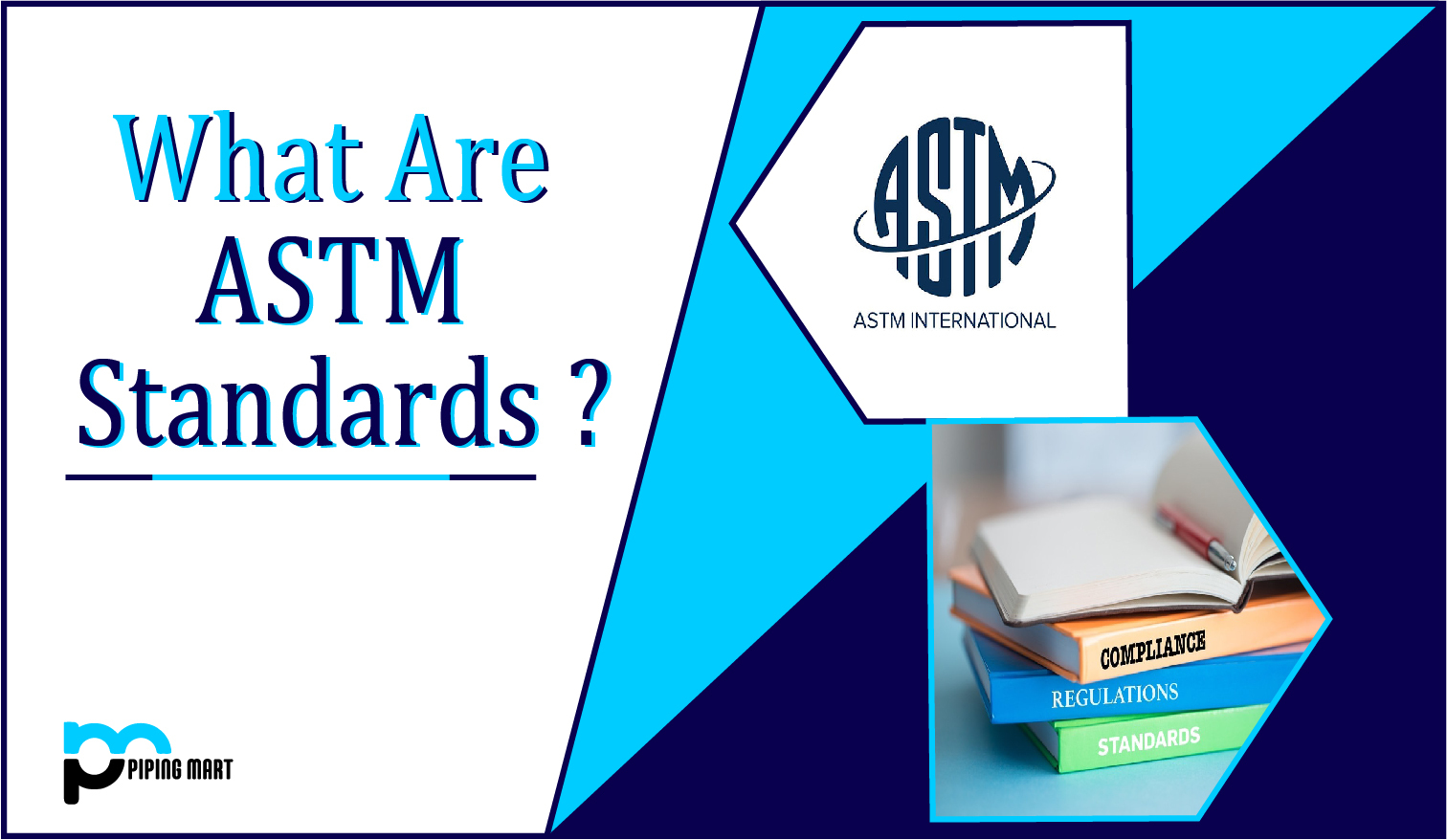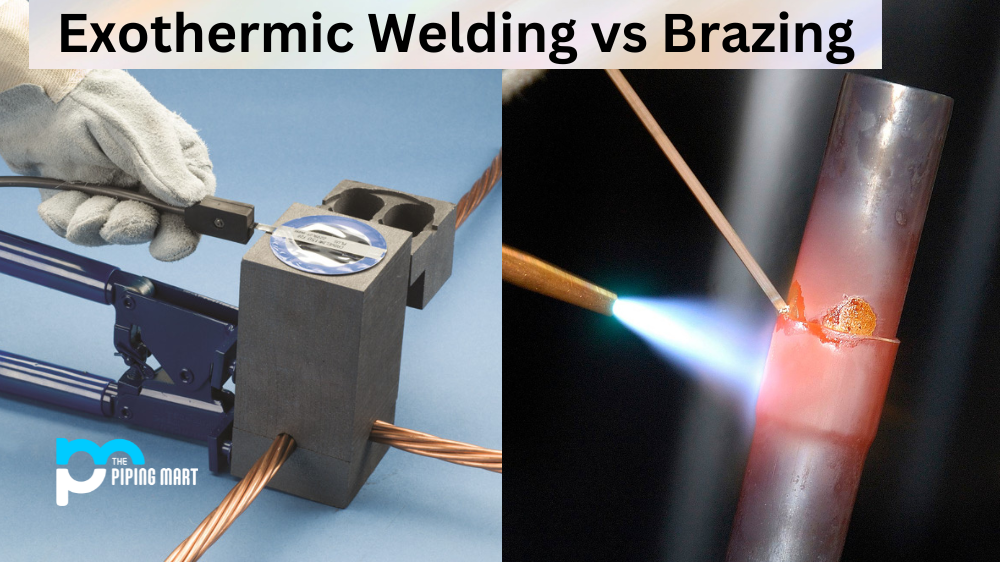ASTM standards reflect industry-standard best practices worldwide, covering both product quality and safety. Although most ASTM standards are voluntary, some are referenced by mandatory product regulations. American Society Test and Material (ASTM) International, one of the oldest international standards organizations in the world. ASTM International is ahead of similar organizations such as ISO (International Organization for Standardization) and IEC (International Electrotechnical Commission).
ASTM product standards, defined as:
- Specification: A set of requirements to be met by a material, product, system, or service.
- Classification: The systematic arrangement/classification of materials, products, systems or services based on similar characteristics such as source, composition, characteristics, or use.
- Guide: Information about many options that do not include specific best practices.
- Terminology: A set of term definitions and explanations of symbols, abbreviations, or acronyms.
ASTM standards cover many product categories, including household appliances and electrical appliances, electronics, baby products, toys, kitchen utensils, furniture, building materials, jewelry, cleaning, and sanitation equipment, textiles, and swimming pools. ASTM standards are all categorized with a prefix, which denotes the product category of the standard:
- Iron and steel materials
- Nonferrous metal materials
- Ceramic, concrete, and masonry materials
- Miscellaneous materials
- Miscellaneous subjects
- Materials for specific applications
- Corrosion, deterioration, and degradation of materials
ASTM standards reflect industry-standard best practices. They are especially useful for new importers who are not familiar with the product. Using clear and internationally recognized standards such as ASTM can help you be accountable to your suppliers and avoid deviation from your requirements. Foreign suppliers need to understand ASTM standards and requirements. In 2004, the China National Standards Committee and ASTM International signed a letter of intent to promote the use of ASTM standards in China.
As of 2013, there are 549 ASTM standards in Chinese law. Even if it is not necessary to set clear standards for your product and objectively evaluate its applicability, it shows that your company is customer-centric. By setting such a high standard, compliance with ASTM standards can save you the trouble of recalling products or product safety issues in the future. A safer design decision would have been to make the product out of one larger piece, rather than several detachable pieces, and not to use small beads at all in the product, whether they’re designed to be enclosed or not. Once you have designed your product in accordance with ASTM standards, choosing the right supplier is the key to ensuring that ASTM meets your final product.

Pipingmart is B2B portal specializes in industrial, metal and piping products. Also, share latest information and news related to products, materials and different types grades to help business dealing in this industry.




